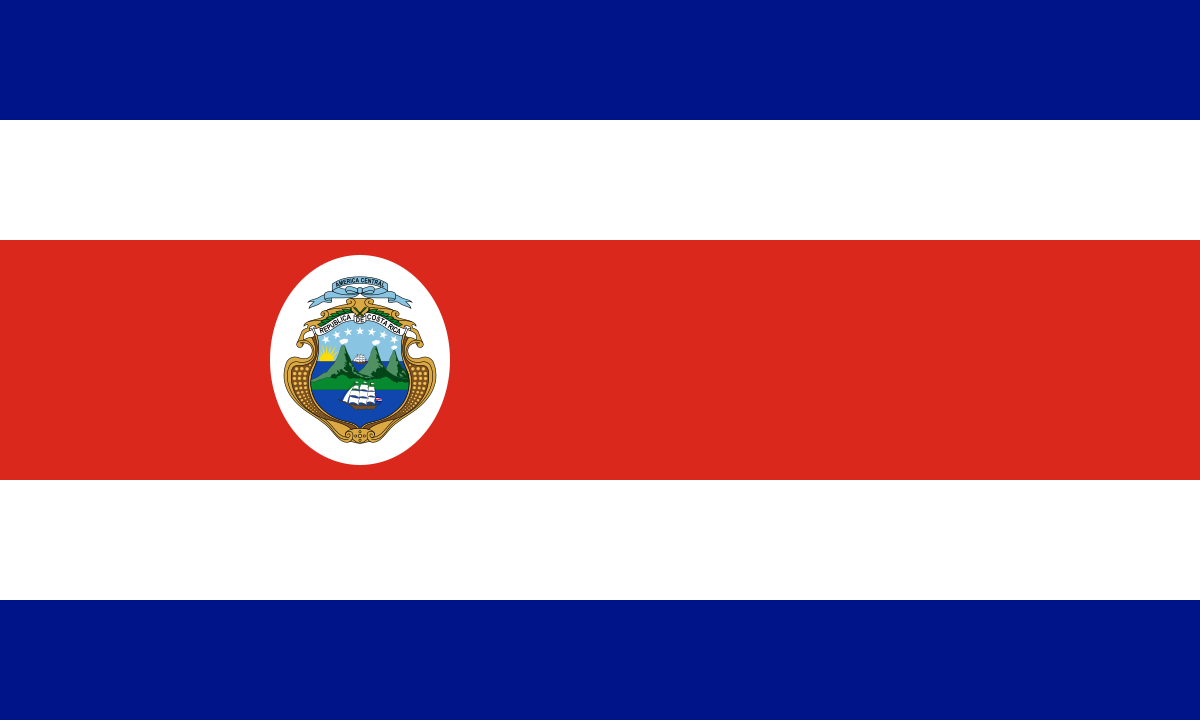In Cieneguuta, Costa Rica on March 28th 2017, a government initiative that allowed the construction of a paved coastal street with a bicycle lane, playground, and sports space. However, the 2.5 million-dollar investment is threatened by coastal erosion and the rise in the level of water in the sea that occasionally floods the new street. "The most conservative estimates put the sea level rise between 20 and 60 centimetres by 2100, but new studies point to a still higher increase, which would irremediably damage the life of the whole town, whose inhabitants make a living fishing or working on the docks of Puerto Limón" according to Diego Ortiz. Community leaders and local residents grow a fear of the waves eroding the foundations of the road and bicycle lane and end up destroying the new streeet. The waves reach the doors of the houses at high tide and residents use sandbags in order to guard their houses. The rest of Costa Rica’s Caribbean coastline has similar problems with erosion, said oceanographer Omar Lizano, of the University of Costa Rica’s Centre for Research in Marine Sciences and Limnology (CIMAR). Lizano has been monitoring the beaches on the Caribbean and observing how the waves have gained metres and metres of sand for many years. A study published in 2014 by the Climate Change and Basins Programme of the Center for Tropical Agricultural Research and Education (CATIE) determined that "the sea rises on average two millimetres per year along the coast of the eastern province of Limón, which covers the country’s entire Caribbean coast, and whose capital is Puerto Limón." The people of Cienaguita are asking for more resources to design new protective structures. Costa Rica is in the initial stages of its National Adaptation Plan, a broad document that will define the path that the country will take to protect itself from the worst impacts of climate change, and urban settlements and coastal areas shall be priorities. Unfortunately the government claims to have no funds but does have resources dedicated to monitoring sea levels and reporting their findings.
- http://www.cimar.ucr.ac.cr
- https://www.catie.ac.cr/en/
- http://www.ipsnews.net/2017/03/costa-rican-town-fears-that-the-sea-will-steal-its-shiny-new-face/
- Keller, Edward A., et al. Natural Hazards, Earth's Processes as Hazards, Disasters, and Catastrophes. Fourth Edition. 20






